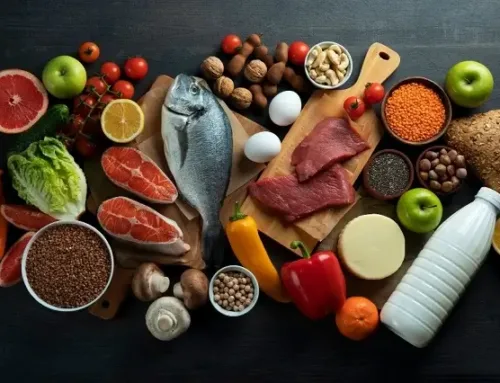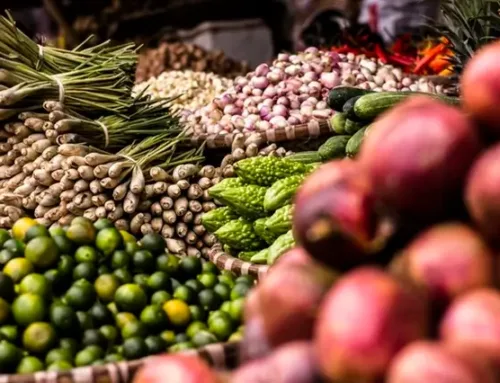Methods for Bacteria-Free Defrosting
When raw or cooked meat, poultry, or egg products start to thaw and rise above 40°F (5°C), any bacteria present before freezing can begin to multiply.
Perishable foods should not be thawed on the countertop or in hot water and must not remain at room temperature for over two hours. Safe defrosting methods include using the refrigerator, cold water, or a microwave.
Refrigerator Thawing
Proper planning is essential since large frozen items, like a turkey, require approximately 24 hours for every 5 pounds.
• Small items, such as a pound of ground meat or chicken breasts, take about one day to thaw.
• A refrigerator set at 35°F will take longer to defrost food than one at 40°F.
• After defrosting in the fridge:
• Ground meat, poultry, seafood, and stew meat remain safe for an additional 1-2 days before cooking.
• Cuts of red meat, like roasts, chops, and steaks, are safe for 3-5 days.
• Food thawed this way can be refrozen without cooking, though some quality may be lost.
Cold Water Thawing
This quicker method demands more attention to detail:
• Place the food in a leak-proof bag to prevent bacteria or water absorption.
• Submerge the bag in cold tap water, changing the water every 30 minutes to maintain the temperature.
• Thawing times:
• Small packages (1 pound or less): ~1 hour.
• Medium packages (3-4 pounds): 2-3 hours.
• Whole turkeys: ~30 minutes per pound.
• Once thawed, cook immediately. Foods defrosted using this method must be cooked before refreezing.
Microwave Thawing
Microwave defrosting is a quick and convenient option but requires extra care to ensure food safety and quality.
• Food defrosted in the microwave should be cooked immediately to prevent bacteria growth in areas that may have started to cook during the defrosting process.
• You can cook the food directly in the microwave or use alternative methods such as grilling or baking.
• Uneven thawing can occur with this method, especially for larger or denser cuts of meat, so it is essential to monitor the process and stir or rotate the food as needed.
• While convenient, microwave defrosting can sometimes result in slight texture or flavor changes, especially for delicate proteins like seafood.
Foods thawed in the microwave should never be stored for later use without cooking. Additionally, once cooked, they can be safely frozen again if desired.
Cooking Without Thawing
Cooking frozen food directly is a safe and effective method, especially for time-sensitive situations.
• Cooking from frozen eliminates the need for defrosting and reduces preparation time for meals.
• Expect the cooking process to take roughly 50% longer than it would for fully thawed or fresh items. For example, if a recipe suggests roasting chicken for 40 minutes, plan for about 60 minutes when starting with frozen chicken.
• Use a food thermometer to ensure the food reaches the safe internal temperature required for consumption:
• Poultry: 165°F (74°C).
• Ground meat: 160°F (71°C).
• Steaks, roasts, and chops: 145°F (63°C).
Cooking from frozen works best with methods like baking, roasting, or simmering. However, for methods requiring even cooking, such as frying or grilling, thawing beforehand may be preferable to ensure consistent results.




